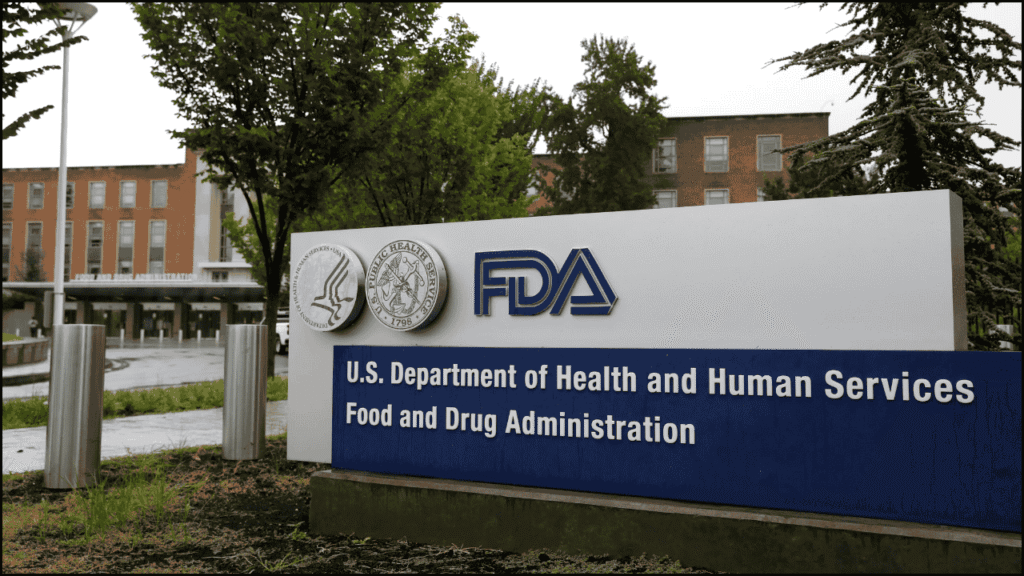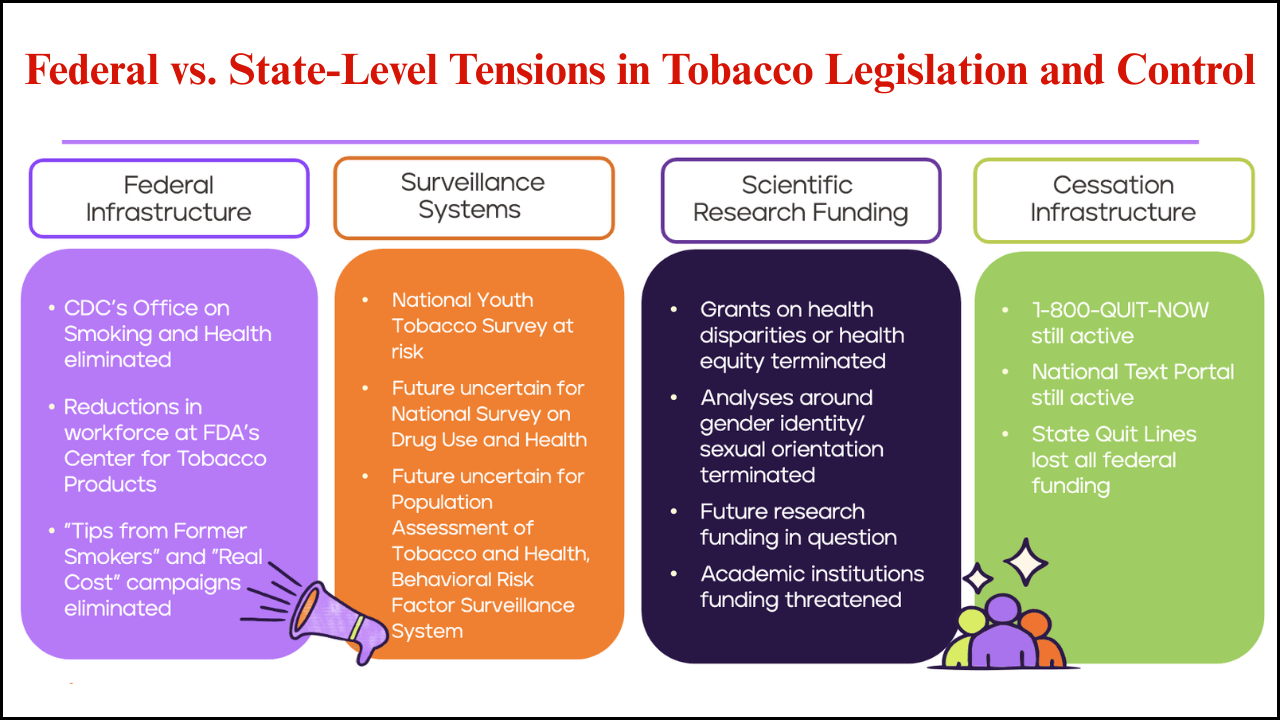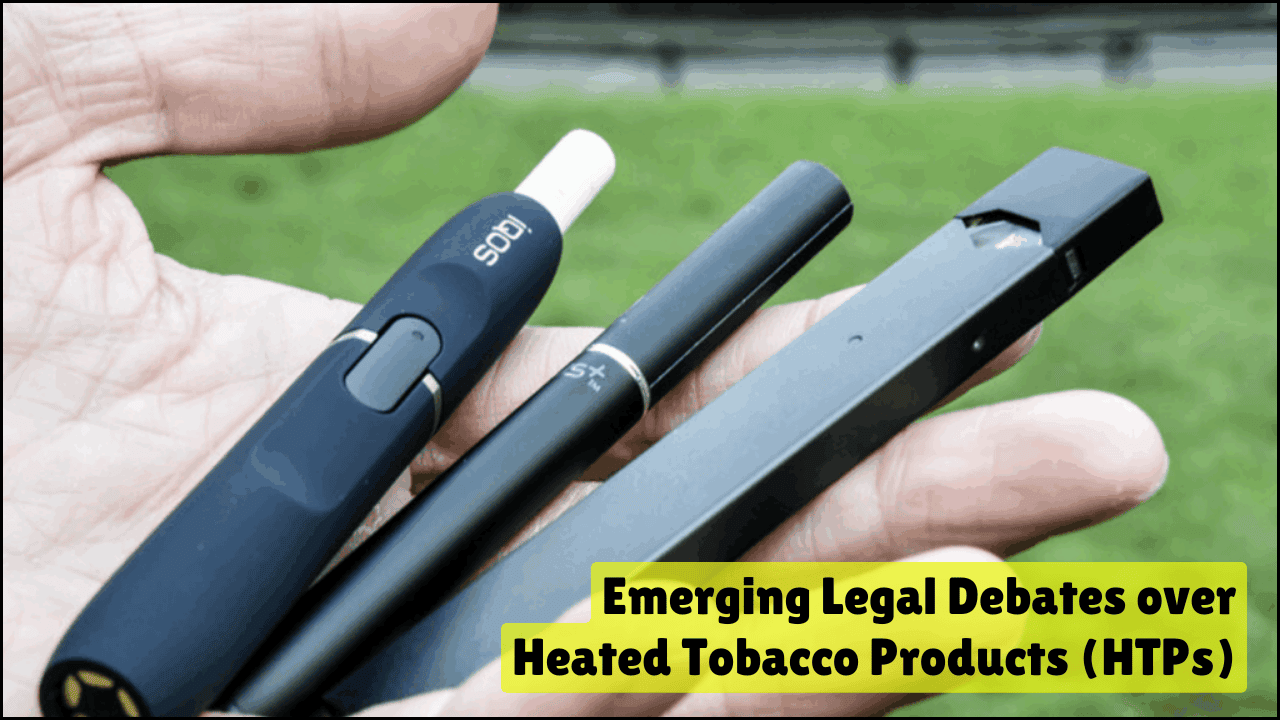
Food and Drug Administration (FDA) authority under federal law represents one of the most significant regulatory structures in the United States. Federal statutes, such as the Federal Food, Drug, and Cosmetic Act (FDCA), provide the agency with wide powers over food, drugs, medical devices, and cosmetics. Enforcement, however, faces limitations due to statutory gaps, resource constraints, and legal boundaries. Understanding both the extent of the FDA’s authority and the challenges it encounters helps to clarify the balance between consumer protection and industry innovation.
Table of Contents
Foundations of FDA Authority
- The Federal Food, Drug, and Cosmetic Act (FDCA) forms the backbone of FDA authority.
- The Public Health Service Act (PHSA) extends FDA oversight to biologics and vaccines.
- The Food Safety Modernization Act (FSMA) strengthens the FDA’s power in food safety.
- Medical Device Amendments provide FDA regulatory pathways for medical devices.
- The Prescription Drug User Fee Act (PDUFA) authorizes the FDA to collect fees to support drug reviews.
Scope of FDA’s Regulatory Power
- Food Oversight
- Authority to regulate labeling, adulteration, and misbranding.
- Responsibility for ensuring food safety through preventive controls.
- Drug Oversight
- Control over pre-market approval and post-market surveillance.
- Enforcement of clinical trial requirements for safety and efficacy.
- Medical Device Oversight
- Regulation of manufacturing standards.
- Requirement for premarket notification or approval, depending on risk class.
- Cosmetics Oversight
- Power to act against misbranded or adulterated cosmetics.
- Limited premarket authority compared to drugs and devices.
- Biologics Oversight
- Regulation of vaccines, blood products, and cellular therapies.
- Coordination with other agencies during public health emergencies.
Mechanisms of FDA Enforcement
- Warning Letters issued to firms violating regulations.
- Seizures of adulterated or misbranded products.
- Injunctions filed in federal courts to stop unlawful practices.
- Criminal Prosecutions for willful violations of FDA laws.
- Administrative Detention for unsafe or noncompliant products.
- Import Alerts prevent unsafe foreign goods from entering the U.S. market.
Limitations on the FDA’s Enforcement Authority
- Statutory Constraints
- FDCA does not grant the FDA the power to mandate recalls for all products.
- Cosmetics and dietary supplements largely lack premarket approval requirements.
- Judicial Oversight
- Federal courts can restrict FDA actions when deemed excessive.
- Court precedents often shape the limits of enforcement power.
- Resource Limitations
- Limited inspectors compared to the vast number of regulated facilities.
- Heavy reliance on industry self-reporting and compliance systems.
- Political Pressures
- Legislative oversight influences the FDA’s enforcement choices.
- Shifts in administration priorities affect regulatory emphasis.
- Global Supply Chain Complexity
- Imported products create enforcement difficulties.
- Limited ability to inspect foreign manufacturing facilities.
Comparative Overview of FDA Authority and Limitations
| Area of Oversight | Scope of Authority | Limitations in Enforcement |
|---|---|---|
| Food | Regulates labeling, adulteration, preventive controls, and food additives | Cannot mandate recalls for most food products except in certain cases (infant formula, allergens) |
| Drugs | Full premarket approval, clinical trial oversight, labeling, and post-market monitoring | Resource constraints slow approval and enforcement processes |
| Medical Devices | Class-based regulation, manufacturing standards, premarket notification/approval | Limited enforcement power over low-risk devices |
| Cosmetics | Regulation of adulterated or misbranded cosmetics | No mandatory premarket approval, limited recall authority |
| Biologics | Oversight of vaccines, blood products, and advanced therapies | Dependence on coordination with other agencies delays enforcement |
| Imports | Authority to block unsafe foreign products | Limited ability to inspect global manufacturing facilities |
Key Case Studies Highlighting FDA’s Authority and Limitations
- Food Recalls
- Salmonella outbreaks showed that the FDA must often rely on voluntary recalls.
- FSMA expanded authority, but not fully for all food products.
- Drug Safety Crises
- Vioxx withdrawal highlighted gaps in post-market surveillance.
- Expanded requirements for Risk Evaluation and Mitigation Strategies (REMS).
- Medical Device Failures
- Transvaginal mesh litigation revealed weaknesses in device approval and monitoring.
- Pressure on the FDA to strengthen device post-market oversight.
- Cosmetic Safety Issues
- Hair straightening products with formaldehyde exposure risks.
- Lack of mandatory premarket safety testing limited FDA intervention.
Recent Developments Affecting FDA Authority
- Modernization Efforts
- FDA increasingly relies on digital surveillance and AI for safety monitoring.
- Partnerships with global regulators improve oversight of imports.
- Legislative Updates
- FDORA (Food and Drug Omnibus Reform Act) expands FDA flexibility.
- Ongoing debates over granting the FDA mandatory cosmetic recall authority.
- Public Health Emergencies
- The COVID-19 pandemic tested the FDA’s emergency use authorization (EUA) powers.
- Criticism over speed vs. rigor in vaccine approvals.
Balancing Consumer Protection and Innovation
- Consumer Protection Goals
- Focus on safety, efficacy, and accurate labeling.
- Enforcement ensures public trust in health products.
- Innovation Challenges
- Excessive regulation may delay life-saving treatments.
- FDA must balance speed of approval with thorough safety checks.
Possible Solutions to Enforcement Challenges
- Enhanced Recall Authority
- Expanding mandatory recall powers across all product categories.
- Increased Funding and Staffing
- More inspectors and scientists to strengthen oversight.
- Strengthened Global Cooperation
- Collaboration with foreign regulators for imports.
- Updated Legal Frameworks
- Revisions to the FDCA to address modern technologies like gene editing.
- Improved Post-Market Monitoring
- Use of digital health data for early detection of safety risks.
Advantages and Limitations of FDA Authority
| Aspect | Advantages | Limitations |
|---|---|---|
| Public Safety | Protects consumers from unsafe products | Enforcement gaps in cosmetics and supplements |
| Regulatory Framework | Comprehensive laws provide clear authority | Outdated provisions fail to address emerging technologies |
| Enforcement Tools | Ability to seize, detain, and prosecute | Dependence on voluntary compliance for many recalls |
| Global Influence | Sets international regulatory standards | Cannot fully enforce outside U.S. borders |
| Innovation Balance | Encourages safe advancement in science | Slows approval processes due to bureaucracy |
Looking Ahead
FDA’s authority under federal law creates one of the most powerful consumer protection systems in the world. Limitations, however, restrict the agency’s capacity to fully enforce its mandates, particularly in areas like cosmetics, dietary supplements, and imported goods. A balance between safety enforcement and innovation remains critical for public trust and technological advancement. Strengthening legal frameworks, enhancing recall authority, and investing in modern monitoring tools will allow the FDA to fulfill its mission more effectively in the evolving health landscape.






